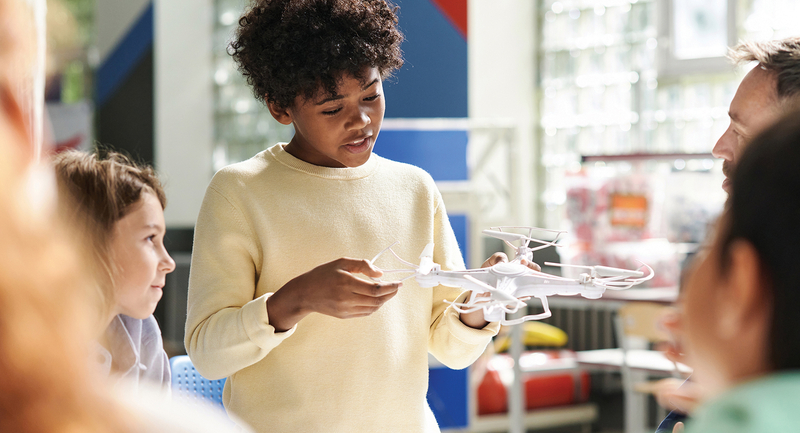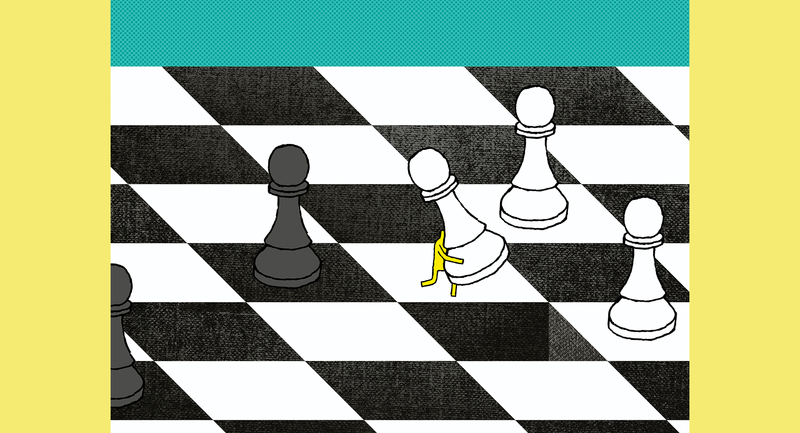Motivation fluctuates day by day during the school year. It can be especially hard to sustain intrinsic motivation, which originates from within each person and is associated with enjoyment and persistence toward the end of the year (Ryan & Deci, 2017). In addition to typical motivation fluctuations, students, teachers, and parents are dealing with unprecedented at-home learning situations introduced by COVID-19. The following strategies can be helpful in sustaining student and teacher motivation, even in trying times.
For Teachers: Motivate by Example
There is evidence that motivation and emotions are contagious (Frenzel et al., 2016). It is just as important to sustain your own intrinsic motivation as it is to build up students' motivation.
Reflect: The end of the year usually brings report cards. Even though assessment and reporting standards may be different this year, it is nonetheless important to reflect on the growth of each child since the beginning of the year. Looking at improvements in writing skills or positive changes in behaviors can help you appreciate each student's work and efforts According to Carol Dweck's theory on mindset, the notion of growth is central to intrinsic motivation (2013). Focusing on student growth can boost your energy at a time when moving forward seems particularly complicated.
Be intentional: Classroom routines and care, such as ensuring that each child gets a big smile and hello as they walk in the door may be disrupted by social distancing, but connection is still critical for motivation. Teachers can focus on showing what caring and kindness looks like. Personalize your online classroom space and allow your positive perspective to come through in the messages you send home and work you post throughout the day. According to the Theory of Planned Behavior, intentions are the strongest predictors of actual behavior (Ajzen, 1991).
Challenge yourself: While you probably ask students to try something new on a regular basis, teachers now have their own new challenges to move learning online. As we all get out of our own comfort zone, why not experiment with teaching methods, try a new type of lesson, or allow yourself some creativity? According to one Self-Determination Theory, appropriate challenges support intrinsic motivation and can also combat the boredom of routine (SDT; Ryan & Deci, 2017).
Students bring a range of emotions and behaviors to the classroom in a regular school year, particularly in the lead-up to summer. This year's sudden change to routine undoubtedly affects students' emotions and their motivation in even more intense ways. But there are ways we can show students how to find their drive.
Reflect: Reflection and attention to growth is not just for teachers. Bolster students' growth mindsets with a walk down memory lane. Ask them to reflect on all the great adventures they have gone on or learned together by uploading pictures or creating brief videos. One way to showcase this reflection is to create an electronic class scrapbook or yearbook. Students who like to draw could create a piece of art for the scrapbook. Students who tell stories could write about a favorite memory from class and share that story via Google Docs. This activity can be a fun way to wrap up the year and draw on students' individual interests. Giving students choice and increasing their connections to other students can boost intrinsic motivation (Ryan & Deci, 2017).
Get outside: Students regularly voice their desire to get outside. They are no longer in the classroom, but it can be just as easy to feel landlocked at home. Encourage students to do some learning in nature. Simply recognizing and respecting their wants and emotions is an important part of sustaining intrinsic motivation (Ryan & Deci, 2017). Empower parents to let children read outside, discuss the changes in season, or learn new games in the grass. Parents will be pleased to know that learning does not have to take place at the kitchen table.
Have students write a letter to their next teacher: The end of the year can also be a chance to look forward to the next school year. Particularly in the current climate, many students may be already excited to think about their future classrooms and teachers. Channel that excitement into a writing activity wherein students write an introductory letter to their new teacher. For those who feel anxious about transitions, this is an opportunity to make the change smoother by starting the relationship with their future teacher. According to the control-value theory of achievement emotions, appraisals of control and value support intrinsic motivation and positive emotions (Pekrun, 2006). These letters will give students some control as they decide what they want their new teacher to know.
Regardless of what you choose, strategies that exclusively focus on intrinsic motivation will spur a strong finish even at home and hopefully increase intrinsic motivation for the following year.







